Wild birds
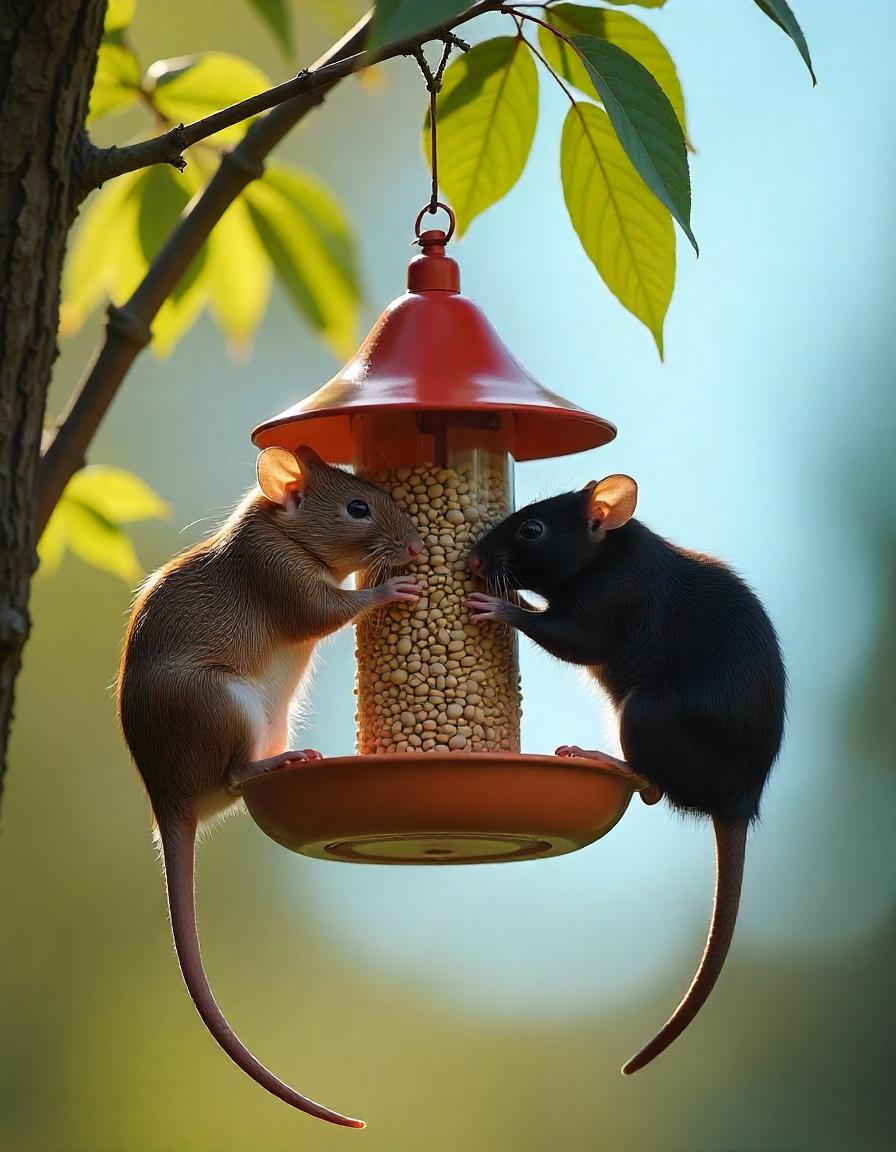
Bird Feeders and Rats: What You Need to Know (372 KB)
Bird feeders can attract unwanted rats and sick birds at crowded feeders can spread disease among other birds. Learn how to maintain your feeder to prevent these issues.
When feeding wild birds, please do so with care and consideration of your neighbors. Feed birds in such a way that does not create nuisance or rat problems in your neighborhood. In King County, it is the responsibility of property owners to prevent conditions on their property that provide a home or food source for rats.
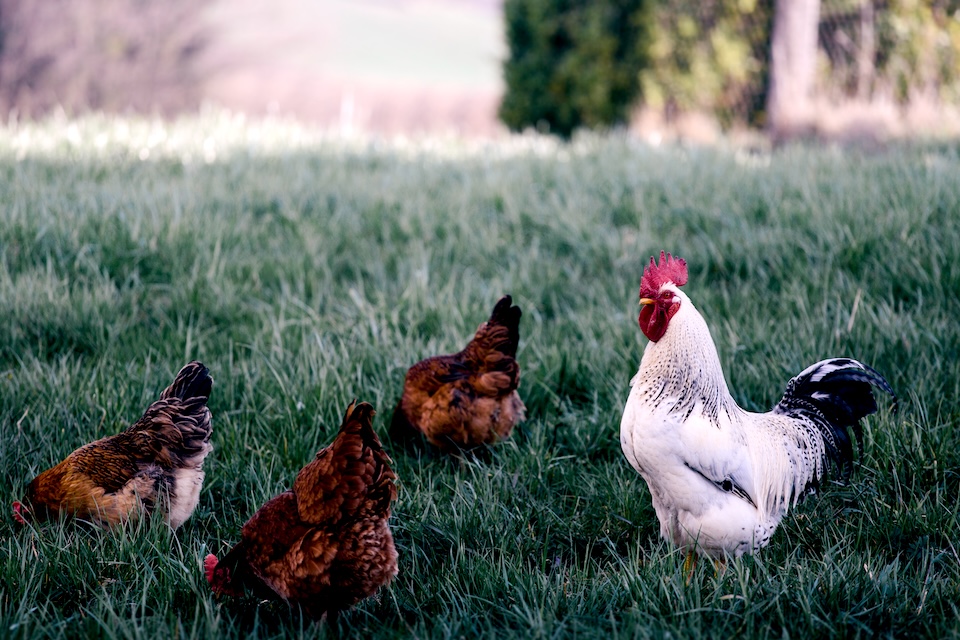
Avian (or bird) flu refers to a disease caused by avian influenza viruses that occurs naturally among birds. Currently, scientists are concerned that an avian influenza virus (H5N1) that is sickening poultry and some wild birds in many parts of the world might become easily transmissible among people. Since it would be a new virus to people, no one would be immune, and a pandemic could occur. Human influenza pandemics have happened several times in the 20th century, including 1918, 1957, and 1968.
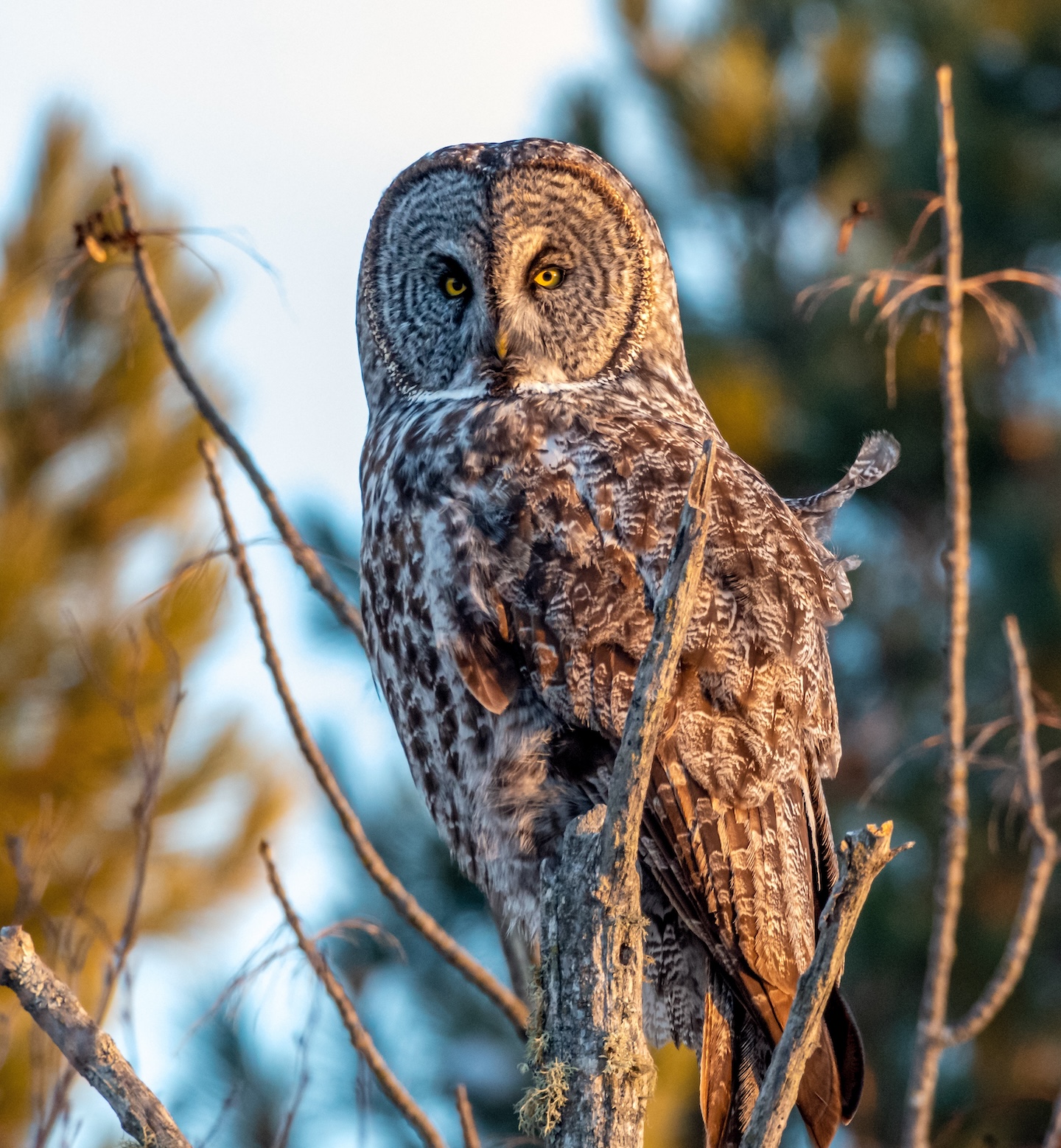
Owl pellets and Salmonella (355 KB)
Owl pellets are the coughed-up fur and bones of small animals and birds eaten by owls. Because the skeletons of these small animals are preserved almost intact, picking owl pellets apart to view them is a common and rewarding activity for grade school and middle school science classes. The problem is that because owls and their prey are often carriers of a germ called Salmonella, the pellets can contain Salmonella germs, too. The hands and tables of the students can become contaminated with Salmonella germs while handling the pellets and students can swallow the germs and become sick with diarrhea, vomiting and fever.
Owl pellets that have been heat-treated to kill the germs are safe, however, and should be used by science classes. If your child will be learning with owl pellets in school, check with the teacher to make sure the pellets have been heat-treated so they are safe.
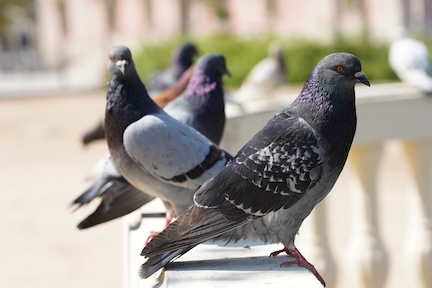
Pigeons
Pigeons seldom cause disease in humans, but the presence of large flocks of pigeons can contaminate the area with their droppings. Like all birds, their droppings can contain Salmonella and Campylobacter, two germs that cause fever and diarrhea in people. If large amounts of pigeon droppings accumulate, as in an abandoned building, a germ called Cryptococcus can build up in the droppings and spread through the air when the material is disturbed. Workers removing large accumulations of pigeon droppings should wear protective clothing and masks to prevent inhaling the germ.
- Living with wildlife: Pigeons (Washington Department of Fish and Wildlife)
- Cryptococcus (CDC)
- If You Care, Don't Feed Us: About feeding wildlife (702 KB)
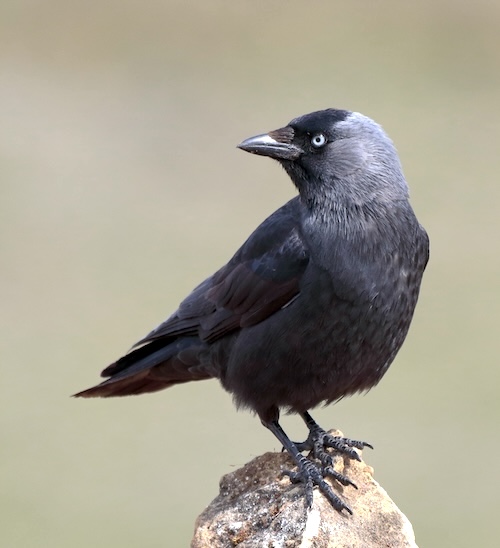
West Nile Virus
West Nile virus is spread by mosquitoes. It was first found in Africa in 1937, but it did not appear in the U.S. until 1999. After being discovered in New York, where it killed birds at a zoo and infected people, it spread westward across the U. S. and Canada.
In 2006, West Nile virus was detected in King County for the first time. West Nile virus has now become established in the state. Wild birds become infected with West Nile virus and mosquitoes spread the virus to other birds and to humans. People with the virus may have no symptoms, or they may have illness ranging from mild to severe. In the severe forms, West Nile virus affects the nervous system and may result in disability, paralysis or death. Horses are also at high risk of contracting and dying from West Nile virus.
- West Nile virus, CDC

 Translate
Translate